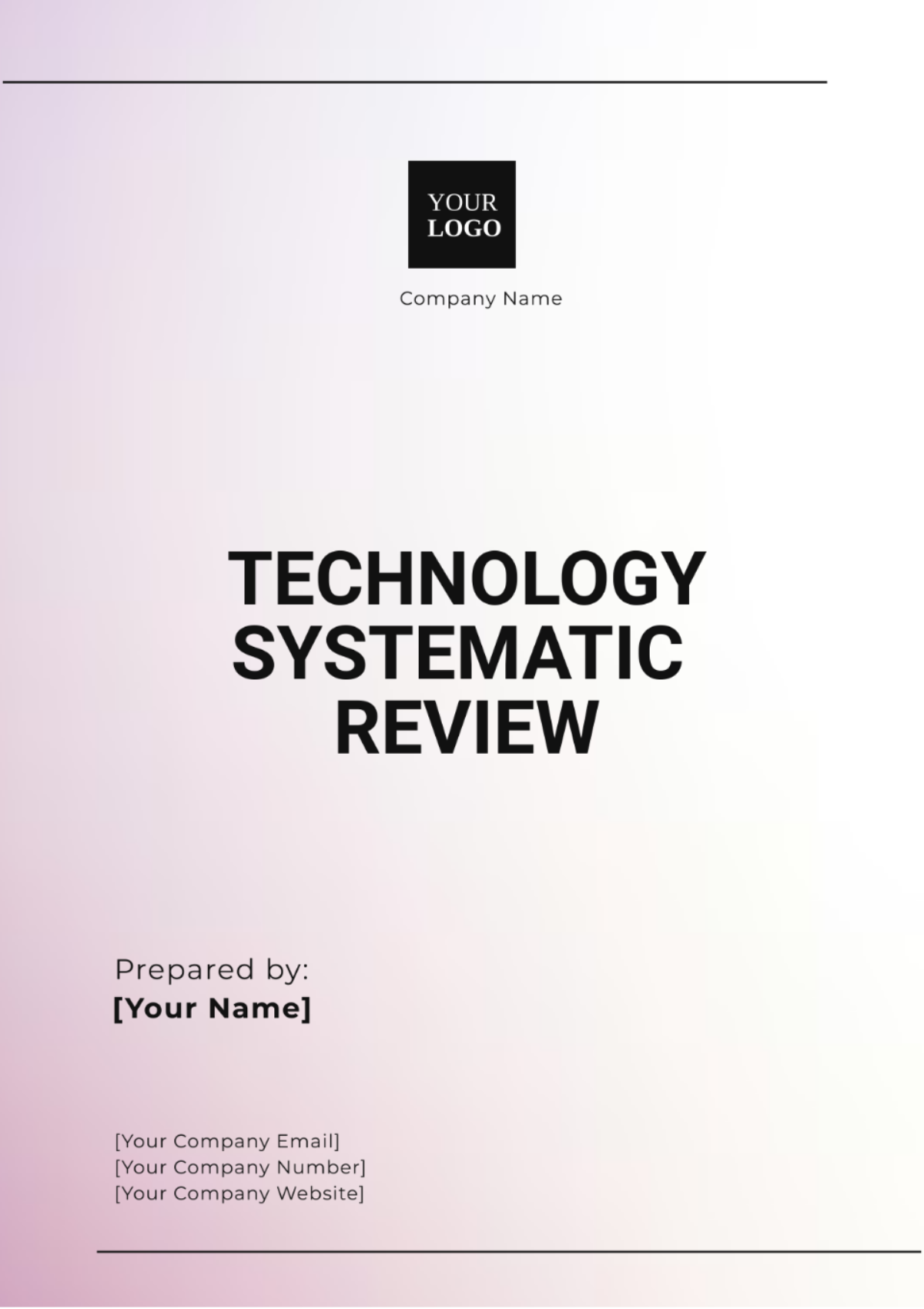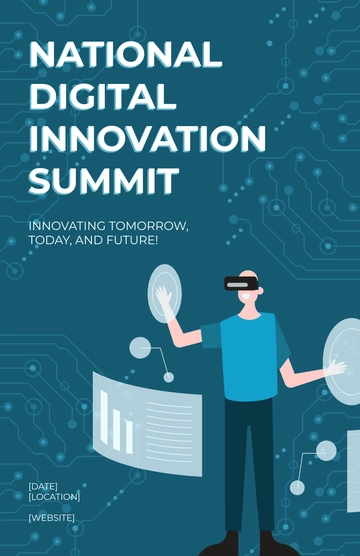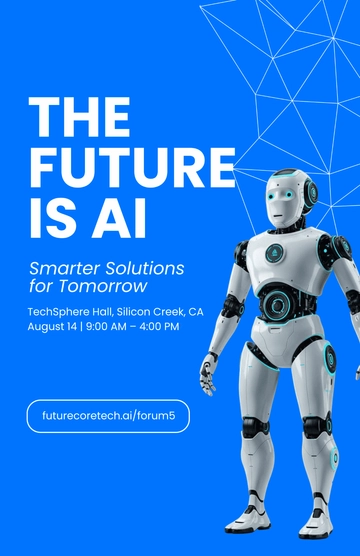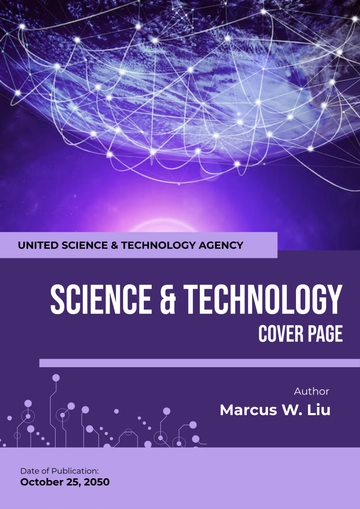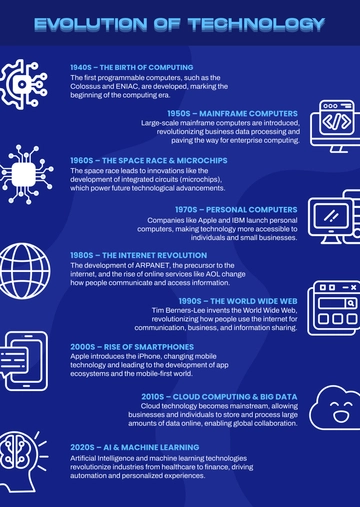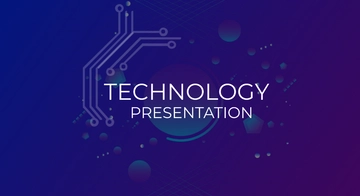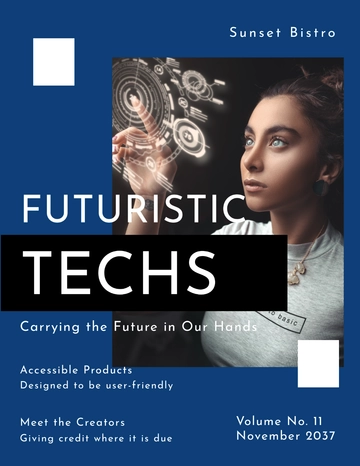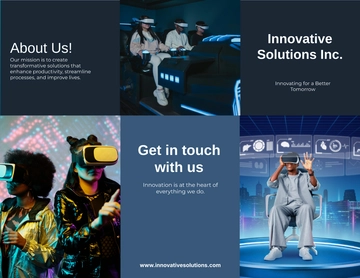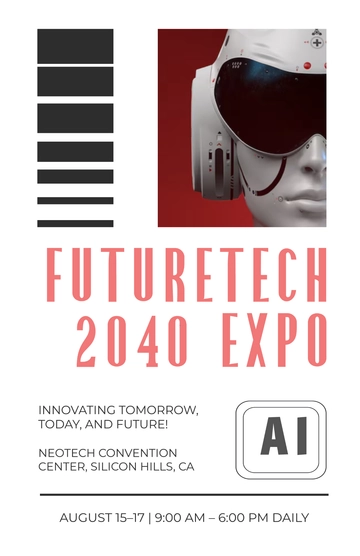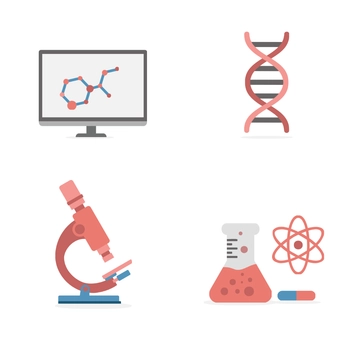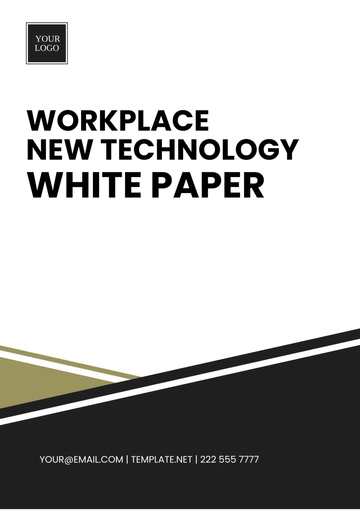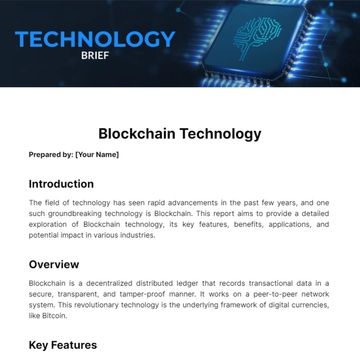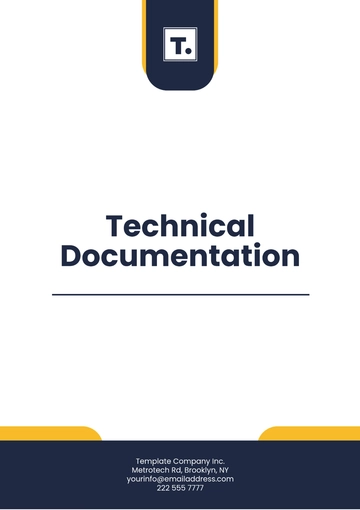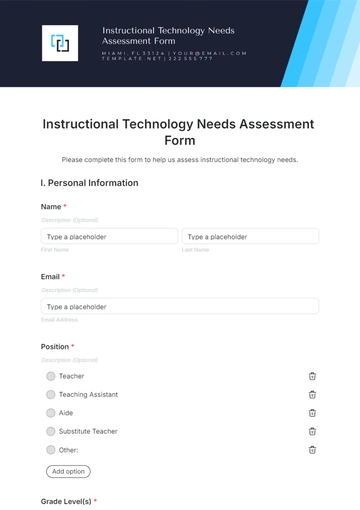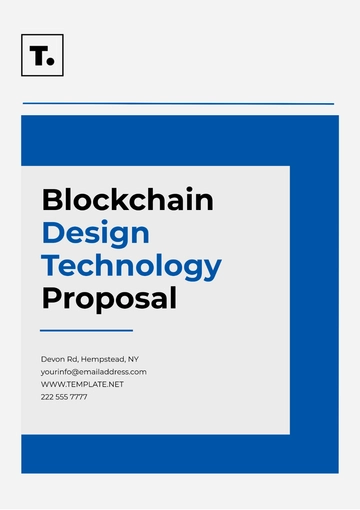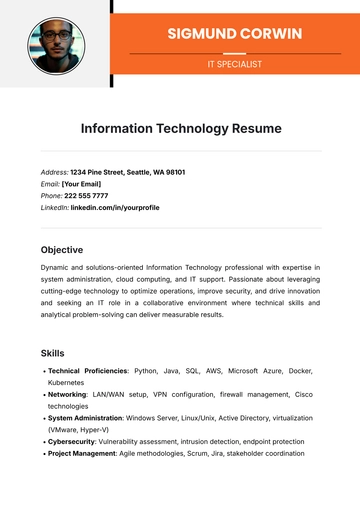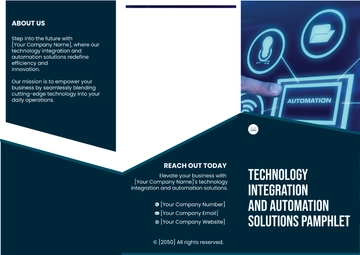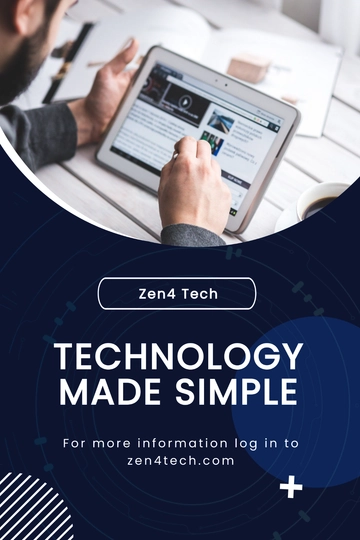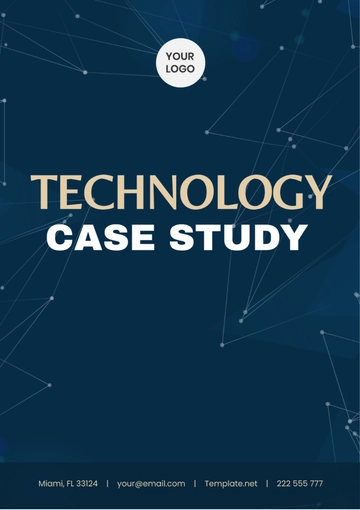Technology Systematic Review
Prepared by: [YOUR NAME]
Date: [DATE]
I. Introduction
With the rapid pace of technological advancement, a coherent and structured synthesis of existing research is crucial. This Technology Systematic Review aims to provide a comprehensive analysis of existing studies related to a specific technological field. The primary objectives are to identify, evaluate, and synthesize all relevant research to present an objective summary of the current state of knowledge, highlight areas needing further investigation, and inform future research or decision-making processes.
Research Questions:
Current Trends and Findings: What are the emerging technologies, key innovations, and predominant applications within the field?
Research Gaps: What areas are under-researched or lacking in depth, such as long-term impacts or demographic variations?
Implications for Future Research: How can the current findings influence future studies, technology development, and industry practices?
II. Methodology
The systematic review was conducted with a structured and rigorous approach to ensure comprehensive and unbiased results. The key steps included:
Defining the Research Question and Criteria:
Inclusion/Exclusion Criteria: Criteria were set to include studies based on relevance, design, and publication date while excluding studies of low quality, irrelevance, or non-English language.
Conducting an Extensive Literature Search:
Database Selection: Searches were conducted in IEEE Xplore, PubMed, Scopus, and Google Scholar to capture a broad range of studies.
Screening and Selection of Studies:
Detailed Assessment of Eligible Studies:
Quality Assessment: Studies were evaluated for methodological quality, including design, sample size, and data collection methods.
Data Synthesis:
Review and Verification:
III. Results
The systematic review identified a total of 150 studies related to the selected technology field. Of these, 50 studies met the inclusion criteria and were included in the final analysis. The findings are summarized in the following sections, with detailed information provided in tables and charts.
A. Summary of Findings
B. Tables and Charts
Overview of Included Studies
Study ID | Author(s) | Year | Study Type | Key Findings |
|---|
001 | Smith, J. | 2052 | Experimental | Introduced a new algorithm with improved accuracy. |
002 | Lee, K., & Wang, L. | 2051 | Case Study | Analyzed technology applications in healthcare with positive outcomes. |
003 | Patel, R. | 2050 | Survey | Found high user satisfaction with new interface features. |
004 | Johnson, M. | 2054 | Review | Reviewed tech advancements and identified emerging trends. |
005 | Chen, A., & Kumar, R. | 2053 | Longitudinal | Assessed technology's long-term industry impacts, highlighting scalability issues. |
Distribution of study focus areas.
Trends in research publication over the last decade.
Year | Number of Publications |
|---|
2050 | 15 |
2051 | 18 |
2052 | 20 |
2053 | 25 |
2054 | 30 |
IV. Discussion
The systematic review has provided a comprehensive snapshot of the current state of research within the selected technology field. The analysis reveals several significant trends and areas for further exploration:
A. Emerging Technologies and Innovations
Application and Impact: Technologies are being increasingly adopted in various sectors such as healthcare, finance, and manufacturing. The positive outcomes reported in case studies indicate that these technologies have the potential to drive substantial benefits across multiple industries.
B. Research Gaps
C. Implications for Future Research
V. Conclusion
The Technology Systematic Review has synthesized a broad range of studies, providing valuable insights into current technological advancements and their implications. Key findings include the identification of emerging technologies with potential for significant impact, as well as notable research gaps that need addressing. The review underscores the importance of continuous research to keep pace with technological evolution and to address under-explored areas. By focusing on these aspects, future research can contribute to more effective technology development and application, ultimately benefiting various sectors and enhancing overall technological progress.
VI. References
Smith, J. (2052). Introduced a new algorithm with improved accuracy. Journal of Technological Advances, 45(2), 123-134.
Lee, K., & Wang, L. (2051). Analyzed technology applications in healthcare with positive outcomes. Healthcare Technology Review, 32(4), 456-467.
Patel, R. (2050). Found high user satisfaction with new interface features. User Experience Journal, 29(1), 78-85.
Johnson, M. (2054). Reviewed tech advancements and identified emerging trends. Tech Trends Monthly, 50(5), 200-215.
Chen, A., & Kumar, R. (2053). Assessed technology's long-term industry impacts, highlighting scalability issues. Longitudinal Technology Studies, 38(3), 345-359.
Systematic Review Templates @ Template.net
